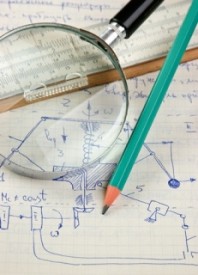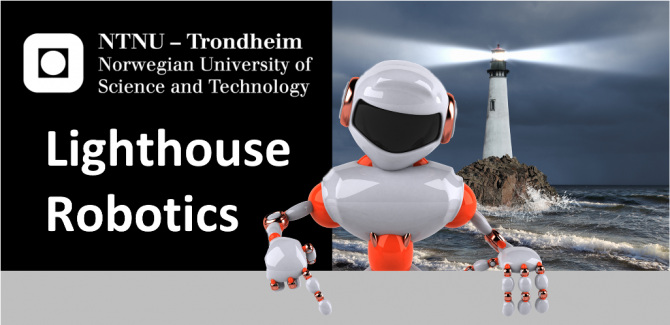Fields of competence

ROBOTNOR represents a unique synergy of academic and industrial expertise which allows us to counsel and comprehend a wide variety of tasks and projects. Our fields of competence are numerous and diverse.

The lighthouse project was initiated by the IME faculty at NTNU in 2013. The purpose of the project is to strengthen and further develop cutting edge research in robotics carried out by departments at the faculty.
Robotics is a technology area which will be essential for future Norwegian industry to ensure competitiveness and high quality products. Robotics is an enabling technology with a number of application areas such as oil & gas production, process industry, medicine, and health and welfare. It is also a multidisciplinary theme which involves a number of technologies such as communication technologies, automatic control and autonomy, human-machine interfaces, sensor technologies, electronics, and computer science. Robotics can substitute high cost labor in demanding environments and contribute to the reduction of production costs and more efficient operations. Research in robotics is essential to bring new robotic technologies to the Norwegian industry and society to solve our future challenges.
The main purpose of the Lighthouse Robotics project is to strengthen and further develop cutting edge research in robotics at the IME faculty at NTNU by supporting and initiating new collaboration initiatives within IME technology areas. The project is part of ROBOTNOR and includes 2 PhD positions and 1 PostDoc position.
The project is organized as shown below. Board meetings are organized regularly to discuss recent and upcoming activities. The current organization of the boards comprises personnel from IET, ITK and IDI. The project is coordinated by Pål Liljebäck at ITK.
As illustrated and described below, the project has a broad scope and involves several activities aimed at strengthening robotic research at NTNU. You may also download a short presentation of the project here (1 slide) and here (4 slides).